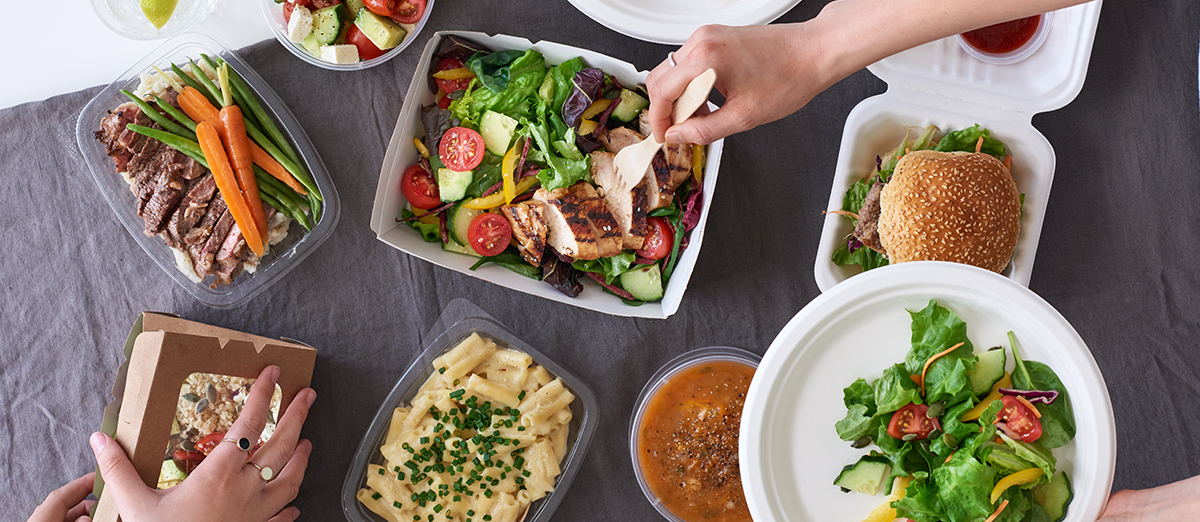
Baking with Tea – The Toasted Taste of Tea
Historically, tea has been used to flavor baked goods for hundreds of years, which over time fell out of fashion as its subtle piquancy was displaced by more robust flavors. However, in recent years tea culture has made a comeback in a big way with tea shops rapidly popping up all over the country. Tea has infused itself back into our culture, while we acknowledge that most business owners reading this do not own a tea shop we encourage you to ride this delicious wave by introducing it to your customers in creative ways. Baking and cooking with tea is a great way to foster this new enthusiasm among customers and keep your business at the forefront of the latest trends.
A Note on Freshness

First and foremost we must address the nature of tea, like any spice tea can “go bad.” It can lose its potency and develop off-flavors over time. If tea that is too old is used, it can lose all flavor or worse, add a bitter note to your baked goods. Make sure to start off by using high quality tea that is fresh and has been stored properly.
Tea comes in several different forms. Learning to use each tea to its maximum ability is crucial in creating a great tea flavored bake.
The Direct Approach
There is of course the most straightforward method, which is to simply use dried tea leaves by sprinkling them directly into whatever you’re making. The one hazard of this method is that if used too liberally or improperly it can leave you with a “gritty” texture. We recommend using very finely ground tea and relegating it to frostings and firmer baked goods like cookies.
Powdered teas like matcha make their incorporation very easy, since they are already so finely ground they can be added without hesitation. They do especially well in custards, creams, and batters. Matcha has a very earthy border-line bitter flavor it pairs very well with sweet things, keep this in mind when coming up with your flavor combinations.

Infusions
Another great way to use tea in baked goods is to infuse it. Try infusing butter by simply adding some whole tea leaves to melted butter and steeping for several minutes. Strain out the leaves and allow the butter to harden again, after which it can be used in any of your baked goods. This infused butter is also great on its own and can be a flavorsome topping for scones and breads.
This same principle can also be applied to any liquids going into your recipes. Some cake batters call for hot water to be added. Take this opportunity to infuse it first with your tea of choice. Reheat then use. Milk as well can and should be infused with tea before being strained and added to your recipes. Infusions don’t have to stop with liquid ingredients, try infusing sugar with tea.
Try adding tea bags to a container of sugar and allowing them to simply co-habitate for a few days or weeks if you have the time. At the end you should have beautifully scented sugar that can be used in baking or finishing your products and the tea itself is still perfectly usable. This method works well for cane sugar of any size from confectioner’s to sanding sugar. If attempting to infuse brown sugar we recommend using some very powerful “spicy” teas things like chai. It’s the only tea with robust enough flavors to offset the powerful profile of molasses in brown sugar.
Now that we’ve established some great ways to begin incorporating tea into your recipes the fun can truly begin. Start simple maybe with a chamomile glaze and move on to lavender infused shortbread or chocolate peppermint cupcakes. The possibilities are endless, have fun.






Write a Comment